Oliver Sacks had a love for motorcycles. At only ten years old, he would gaze through the window to see them drive by. For Sacks, motorcycles were a symbol of freedom.
His first bike was a second-hand BSA Bantam. He bought his first bike at 18 and relished the moments he spent while driving through the roads in England and North America during the following 30 years. However, there was more to Oliver Sacks than his love for riding bikes.
Sacks was among the most influential scientific authors and medical practitioners in the twentieth century. He was gifted with the exceptional ability to depict the interesting characteristics of the humanity of his patients.
His patients were people with neurological conditions, ranging from sleep sickness to autism or to migraines. This summary will explain the adventurous life of Sacks and the reason why he is such an influential figure.
Try Audible and Get Two Free Audiobooks
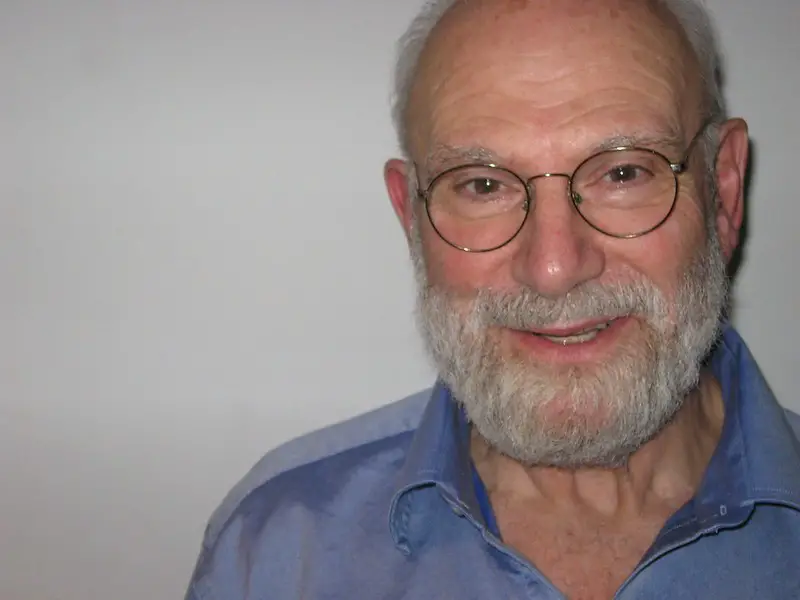
Chapter 1 – Keen on science since childhood, Sacks studied medicine and became skilled at understanding what patients need.
Oliver Sacks’ parents were both doctors. The father was a general practitioner while his mother was one of the first surgeons in England.
Oliver was aware that he was going to follow the path of his parents and work as a doctor at a young age.
He was lucky enough to have an interest in science. Growing up, he would play with chemistry sets for hours. His other interests were marine biology, zoology, and botany.
There was this question that plagued his mind as a teenager: What kind of doctor am I going to become?
He soon realized that he was interested in the human brain the most.
He started experiencing migraine headaches during his teenage years. During these episodes, he would see flashing lights. The distortion in his perception during migraine episodes started his interest in the human brain and he realized that he wished to know how it worked.

After receiving a scholarship from Oxford University, he attended pre-med studies.
As he began his career, he rapidly began to be able to grasp the psychological and medical needs of his patients.
Oliver operated as an obstetrician while continuing his studies. During that time most women in England gave birth at their houses and Olive would call the houses to help the midwife. His work was dramatic and thrilling, and he realized that he was blessed with a natural ability to support patients in tough situations.
Oliver resumed his career as a qualified doctor on December 13, 1958. He kept training at Middlesex Hospital. He worked in the medical and neurological fields for a year there.
He understood since the beginning of his career that patients needed a well-established balance of medical and psychological treatments. His intuitive awareness eventually helped him become one of the best neurologists in the world.
Chapter 2 – Oliver’s love life had been hard since his youth, and he found freedom in bikes.
Oliver’s love life was not as successful as his professional career. It was around the end of high school that an incident happened, which eventually troubled his life.
In 1951, Oliver explained to his parents that he was homosexual at the age of 18.
Before leaving for university, Oliver’s father questioned him about whether he liked girls. Oliver decided to be honest and explained that he preferred boys. His father accepted the answer, but Oliver was afraid of what his mother would react.
And unsurprisingly, his mother didn’t take it well. She tormented his son by describing him as an abomination as payback for her disappointment.
Oliver was still adamant about preserving his relationship with his mother during his whole life, but they never talked about his coming out again. He was deeply hurt by his mother’s words and he became shy and reserved about his sexuality for a long period of his life.
During his student years in Oxford, he experienced his first love.
In 1953, the American poet and Rhodes scholar Richard Selig came into Oliver’s life. Oliver was enamored of Richard and mustered the courage to confess his love to him. Selig kindly rejected Oliver and explained that he liked Oliver as a friend but did not have any romantic feelings for him.
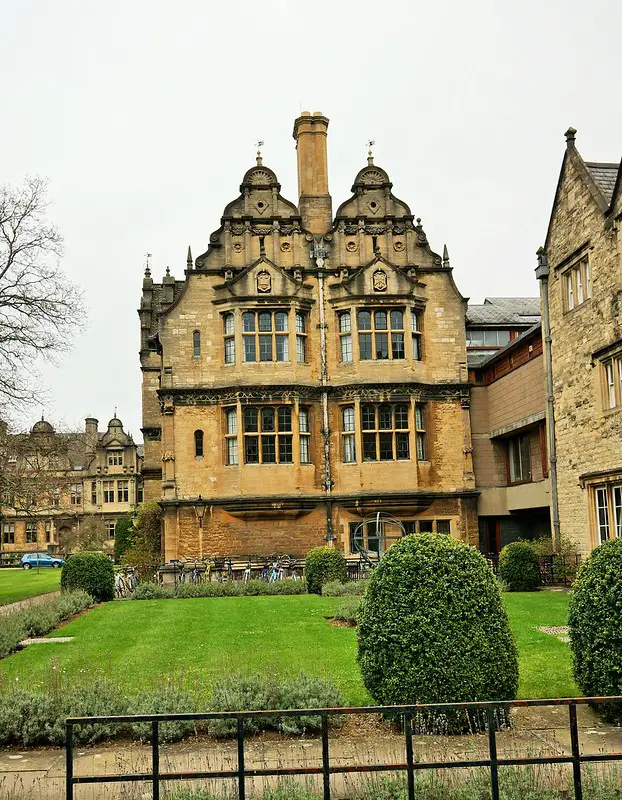
Just a few years after the rejection, Richard Selig lost his life due to Hodgkin’s disease in 1957.
Before his departure from England in 1959, Oliver experienced a short-lived affair with a person named Bud, who loves bikes just like him. They had a good dynamic and spent weekends driving through the English countryside.
But Oliver had to leave Bud when he had to go for military duty in Canada. It was a heartbreaking experience for both Oliver and Bud.
Chapter 3 – Sacks started his medical career in the US and continued his freedom journey with his bike.
Military service was an obligatory regulation in England in 1959. Thus, Oliver resolved to enlist with the British Commonwealth of Canada and the Royal Canadian Air Force.
During that time, North America was developed enough to provide career opportunities for people in the medical time while overpopulated England couldn’t offer much. Besides, Oliver wished to go on a journey and explore the world by himself.
Yet, immediately after Oliver set his foot to the Royal Canadian Air Force, he was put on immediate leave.
Upon an evaluation, Oliver was recommended to take three months off and think about his incentives a little bit more. He ecstatically agreed to their suggestion and never thought about it again. He had enough time to do what he always wished to accomplish: to travel and explore new places.
He moved throughout Canada and visited the Canadian Rockies. Upon arriving at British Columbia and the Pacific Ocean, he decided to change his route to the south, California, and finally reached San Francisco.

But he knew that he needed to return to work. Thus, he started his internship at Mount Hospital in San Francisco. Then, he bought a brand-new bike so that he could discover places near where he worked such as Yosemite National Parks and the splendid redwood forests there.
Oliver had already received a work visa by 1962. He also passed the Medical Board exams and started working as a practicing doctor in the United States. He rewarded himself with more traveling plans for his success.
He got back on his bike and started his journey that was yet to be decided. He rode for 8,000 miles in just 50 days. He started from San Francisco to Boston and returned home after the journey.
During his journey, he wrote a lot of letters to his friends. The letters were fun and detailed accounts of the colorful scenery he saw while he was on his adventure.
One of the recipients of Oliver’s letters was the poet Thom Gunn, with whom he started a friendship in San Francisco. Gunn’s own writings included a sense of a never-ending movement.
After coming back to California in June 1962, Oliver began a residency at the University of California at Los Angeles, also known as UCLA.
Chapter 4 – Sacks was involved in both California’s drug culture and a flourishing career in neurology in the 1960s.
Oliver was living his life to its fullest in southern California in the 1960s. He had two different lifestyles during his time there. He was employed at UCLA’s neurology department. And while he wasn’t at work, he would ride his bike and discover the southwestern United States during the weekends.
Oliver started to engage in psychoactive drugs as it was the growing popular item during that time.
His introduction to drugs was thanks to the customers at Muscle Beach. The place, near the Santa Monica Pier, was where people interested in weightlifting would gather. Oliver started to practice lifting weights, possibly to overcome his shyness. His practices resulted in him setting a California record when he squat-lifted 600 pounds.
As one could expect, Oliver was genuinely fascinated by the neurological effects of drugs. His friends suggested the drug Artane, particularly made for people with Parkinson’s disease by his friends at Muscle Beach.
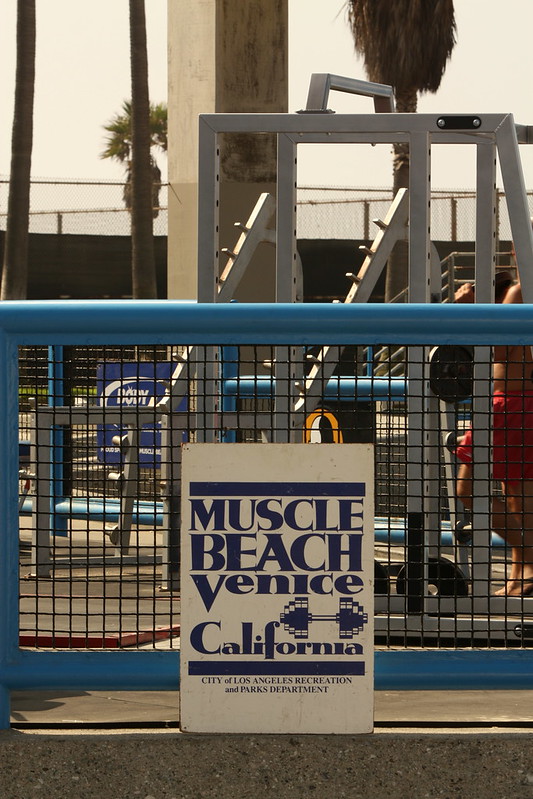
According to his friend’s recommendation, Oliver would take 20 Artane tablets to see the lucid hallucinations. After Artane, he started taking LSD and marijuana and continued with a period of amphetamine experimentation for the following four years.
Oliver delved more deeply into the world of drugs. He began to increase his intake, which resulted in him getting rejected by a new possible love interest. Despite his intensifying drug use, he never skipped a day of work and was always on time.
Oliver, in hindsight, believes that what helped him keep going was his juvenile vigor and motivation.
During this time, he was preparing a presentation for the American Academy of Neurology on axonal dystrophy. The illness was a degenerative one where swellings in nerve cells had the potential to lead to seizures and involuntary muscle movements.
The audience acknowledged Oliver’s presentation and he had his breakthrough moment within the neurological community of the US. Numerous job offers were made to him and he finally decided to join the Einstein College of Medicine in New York City. This brand-new college helped Oliver explore a progressive insight into neurology.
Besides, Oliver realized that the drug culture in southern California had started to influence him a little too much. He believed that a change would help him overcome the issue.
Chapter 5 – Sacks had problems with quitting drugs and writing his first book in New York.
Sacks relocated from California to the crowded New York City in September 1965.
During his time at Einstein College of Medicine, he collaborated with peers to study neurochemistry and neuropathology, associated with brain chemistry and illness.
But while he was getting accustomed to the new circumstances, he was aware that he had to stop taking drugs. He was still taking amphetamines. He realized the extent to which drugs were changing his perception.
The drugs were also impacting his health in a bad way. By then, he had lost 80 pounds in a short period of three months and started to be absent from his job with the excuse of being ill.
Oliver also understood that clinical work would be more appropriate for him compared to the lab work that required him to pay attention to small details. Oliver happened to lose his notebook and the samples that he had been experimenting on in the labs, months of studying going to waste.
He was suggested to quit the labs by his working partners. They told him to devote his talents to clinical work and meeting patients. And Oliver was content with the suggestion. Indeed, he was aware that the only way he would stay away from drugs was to work in a field that pleased him.
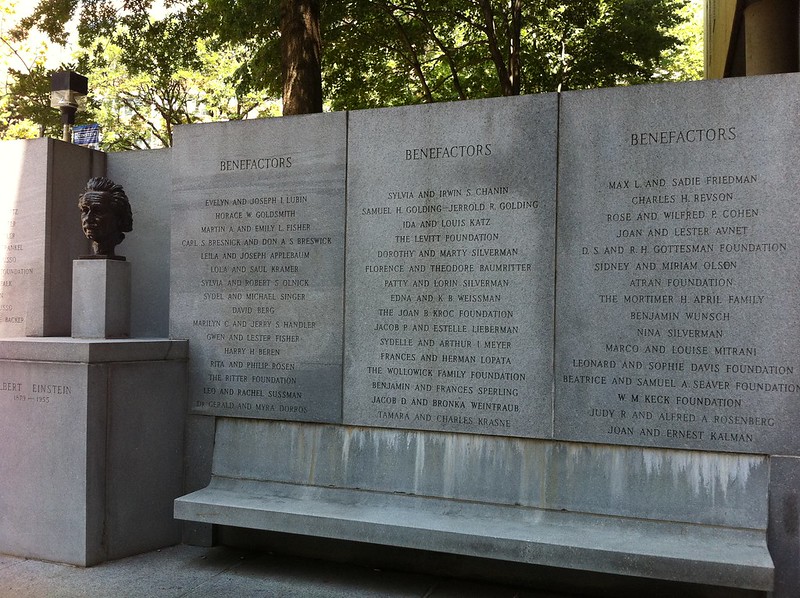
Thus, he started his work at a headache clinic in the Bronx in 1966. He was also getting better at avoiding drugs.
The clinic was perfect for him. As he was used to migraines since his teenage years, Oliver started to examine the lives of patients who showed symptoms of migraine.
His argument was that migraines were not simply headaches. According to him, they might be signifiers of other physical ailments or psychological conditions. But his belief strongly contradicted those of the doctors at the clinic.
Oliver gathered enough material to write a book including his beliefs on migraines. He showed the first draft of the book to the head of the clinic.
The man told Oliver that what he wrote was “garbage” and warned Oliver that he wouldn’t be allowed to work if the book was published.
Chapter 6 – Sacks conducted a big research project on sick and “sleepy” people at Beth Abraham Hospital.
Despite his fear of being fired and even being ostracized within the New York City medical community, Oliver was determined to publish his book.
And he published his first book, Migraines, in September 1967.
It was during this time that Oliver came across some patients who changed his life for good.
He felt enthusiastic to keep on studying clinical patients. He even came across a notable subject to explore at the Beth Abraham Hospital in New York.
During the 60s, 80 patients were diagnosed with encephalitis lethargica, also known as “the sleepy sickness” in the hospital. This degenerative disease resulted in the death of many people during the 1920s and 1930s. Those who recovered from the disease were left in a catatonic state for 30 or 40 years.
However, interest in the disease was lost and it was reduced to a simple footnote in medical books by the 1960s.
Oliver came to a conclusion to try an experimental treatment method on the patients. His treatment included giving the patient high doses of a drug known as L-Dopa. What he had in mind with the drug usage was to stimulate the patient out of a catatonic state. The drug was used for people with Parkinson’s disease since it stimulated dopamine production, which is a neurotransmitter. Oliver believed that it would result in a similar situation with the “sleepy” patients.

The outcome was truly interesting. Patients started to wake up after the drug administration, without being aware that they had been in a catatonic state for decades. “Yo-yo effect” was observed in some of them, meaning that their response to the treatment fluctuated.
The treatment made Oliver understand that psychiatric and medicinal therapy had to go together to help patients with their mental and physical struggles.
He gave details about his research and used audio and visual recordings to further prove his points, providing a variety of patient behavior.
In 1972, the book Awakenings was published, which told the story of these unique patients. Oliver gained further acknowledgments within the medical community as his book became more and more popular, even gaining awards such as the British Hawthornden Prize for imaginative literature.
Chapter 7 – A significant encounter with a Norwegian bull resulted in another book.
Oliver took a vacation to Norway in 1974 to write another book. He chose a nearby mountain to go for a hike during his time there.
Soon after he began to hike, he came across a warning sign about bulls. He thought it was the product of some Norwegians with a weird sense of humor. After all, who would come across bulls in the mountains?
But unfortunately, while he kept climbing, he turned a corner and there it was, an enormous bull waiting for him!
His initial reaction was to turn around slowly, he couldn’t help but begin running away from the bull. But right after he started running, he realized that the bull was chasing him. Completely shocked and panicked, he didn’t pay attention to where he put his foot and fell off a ledge. The experience resulted in his breaking one of his legs.
Thankfully, a passerby saw his condition, and he was quickly sent to England for surgery on his leg.
His leg had to be corrected by reconstructive surgery. It felt as if they had implemented a brand-new leg to Oliver. He had to teach himself how to use his leg efficiently after the surgery.
He had to relearn how to move around. He turned to music to support him regain a natural rhythm of walking. The natural connection between body and limbs is known as proprioception. And if someone loses a limb, a phenomenon called a phantom limb happens, where the amputee feels as if the limb was still there.

Oliver found the inspiration for his upcoming book during this period.
He thought it would be fascinating to make a study of himself. He discovered the complexities of medicine while presenting himself as the patient. The necessity for a more humane approach during the treatments was also emphasized strongly in the book.
Oliver understood during his rehabilitation period that although physical injuries are treated purely on physical terms, the patient’s emotional condition should also be kept in mind while approaching them during the treatment.
In his new book, A Leg to Stand On, Oliver touches upon the phenomenon of proprioception and how the brain perceives the body. The book was published in 1984.
Chapter 8 – His fourth book brought worldwide recognition to Sacks, yet he was shunned by the medical community.
Oliver decided to discover more fascinating cases for his neurological studies and compile them for his next book.
During the 1970s and 1980s, he started to study patients with Tourette’s syndrome as he found them to be interesting.
A big range of disorders such as verbal and physical tics or uncontrolled twitches are considered to be the symptoms of Tourette’s.
In 1976, Oliver was approached by a person who introduced himself as “Witty Ticcy” Ray for his medical opinion.
It baffled Oliver that Ray was able to lead a successful life with a condition such as Tourette’s, considering his case was quite severe.
Oliver became more and more fascinated by the specifics of Tourette’s, so he decided to join support group meetings to learn more about it. Some of the characteristics he was fascinated by involved the wish to imitate other people and heightened reflexes. For instance, some people are great at playing ping pong thanks to their fast reflexes caused by the Tourette’s.
Sacks decided to write an article about “Witty Ticcy” Ray in 1980. Afterward, he felt inspired to search for similar cases. These cases eventually became the main point of his next book, The Man Who Mistook His Wife For A Hat.
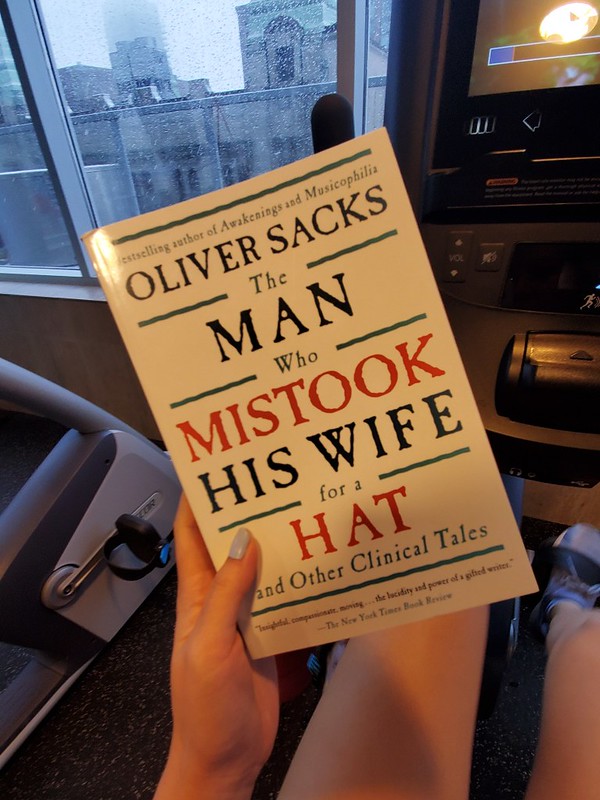
The book title was inspired by the case of a music teacher whose neurological condition rendered him unable to tell the difference between people or objects. For instance, he would see the parking meter as a person, or, as can be understood from the name of the book, mistake his wife’s head for a hat.
Published in 1985, the book was on New York Times bestseller list for 26 consecutive weeks. Oliver became famous and started to receive requests to deliver speeches around the globe.
However, he was made aware that the medical community was still hesitant to regard his research as commendable. They insisted that if the book was serious enough, it wouldn’t have become popular.
Chapter 9 – After all the years, Sacks was still traveling around the world and compiling his explorations with an engrossing writing style.
The acclaim The Man Who Mistook His Wife For a Hat brought and the movie adaptation of Awakenings created an awkward time for Oliver. Not an outgoing person by nature, Oliver didn’t know how to deal with all the popularity he received.
Despite his age, he never stopped traveling around.
In 1987, Oliver came across an autistic teenager named Stephen Wiltshire. He learned that the 13-year-old had published a book containing his renderings of highly detailed architectural buildings. Stephen was able to understand the complex nature of a cityscape or a building just by looking at it for a few seconds.
He became acquaintances with Temple Grandin as well, who was a professor, writer, and animal rights activist with autism. Grandin showed that neurological conditions were not some kind of disability. People with neurological conditions were just programmed to be different, which influenced their creativity.
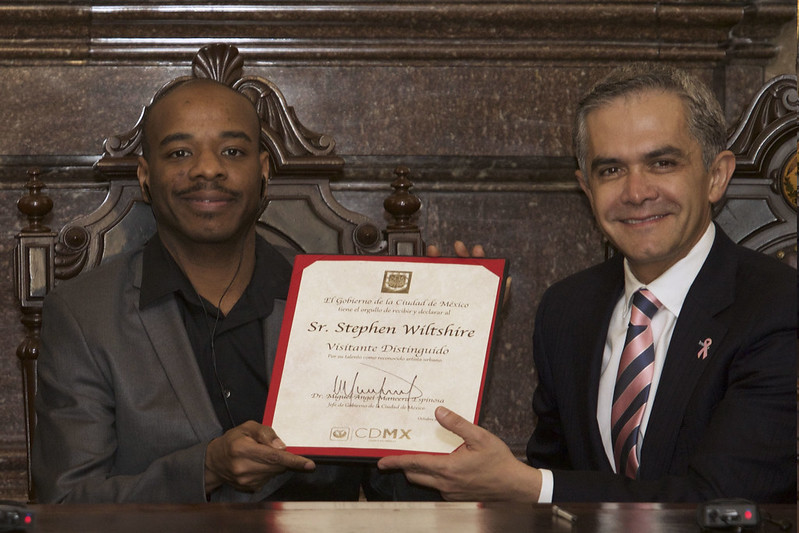
Oliver kept on exploring new places and writing for the following years.
He visited Guam in 1993 to examine people with Lytico-bodig disease which was similar to Parkinson’s and the “sleepy disease” he treated in New York City. The difference was that this disease only affected people living in Guam, known as the Chamorro people.
Oliver created profiles for the people with such diseases in addition to describing the colorblind people of the Pingelap Island in Micronesia. His work was to be documented on BBC, and his accounts of these people resulted in the book called The Island of the Colorblind.
In 2000, Oliver’s love for traveling was rekindled. He met a group of globetrotters to travel and see ferns and nature together. They went to Oaxaca, Mexico, and Oliver took part in the trips, writing a book during this time. The book was eventually published with the name Oaxaca Journal.
Figures such as Charles Darwin, Alexander von Humboldt, and Henry Walter Bates were Oliver’s idols and he wished to be like them by blending science and nature with his own writing.
Chapter 10 – Issues with his vision motivated Sacks to write a new book along with his autobiography.
Oliver kept advancing in his career and hobbies, the only thing that slowed him down was an illness. In the 1990s, he started experiencing problems with his vision and eventually lost vision in his right eye.
Oliver decided to write down his experiences and those of others to study the brain once again.
One of his case studies was a person named Virgil. Unable to see since the early years, Virgil resolved to undergo a surgery to gain his sight back at 50 years old. Virgil describes his post-surgery moment as “chaos of light and shadow and movement” since it was hard for his brain to process images at first.
Patients also explained that their vision froze for seconds and then become normal again. For instance, imagine you are watching a person pour milk into a mug and suddenly there is a pause, and you see the poured milk in midair.

Apart from his deteriorating vision, Oliver started to encounter visual distortions.
He was aware that our vision was a construct of the brain. It was the information that the brain combines together to create the image we see. If our perception stops working, the brain starts to focus on improving other senses, such as hearing. These insights were included in Oliver’s new book, The Mind’s Eye, published in 2010.
In 2009, Oliver once again underwent surgery for his knee and back. The pain he felt in his knee and back was most likely due to the weightlifting he did back on Muscle Beach.
Oliver’s health kept declining, but his symptoms were getting better when he found a partner.
Being single for 37 years, Oliver found love in the science writer Bill Hayes at the age of 77. Following Bill’s reaching out to Oliver for his opinion on his book, a relationship between the two flourished, and Oliver dedicated some chapters in his book to Bill.
On the Move: A Life by Oliver Sacks Book Review
It is impossible to treat patients with medicine alone. Oliver Sacks realized during his career that therapeutic counseling was just as important as a physical treatment to help the patients. His argument is that directing patients to specialists who are unaware of the patient’s history will only result in inadequate treatment. His solution to this problem is a thorough diagnosis and treatment which combines understanding what the physical cause of their discomfort is along with approaching them in a compassionate manner.
Try Audible and Get Two Free Audiobooks
